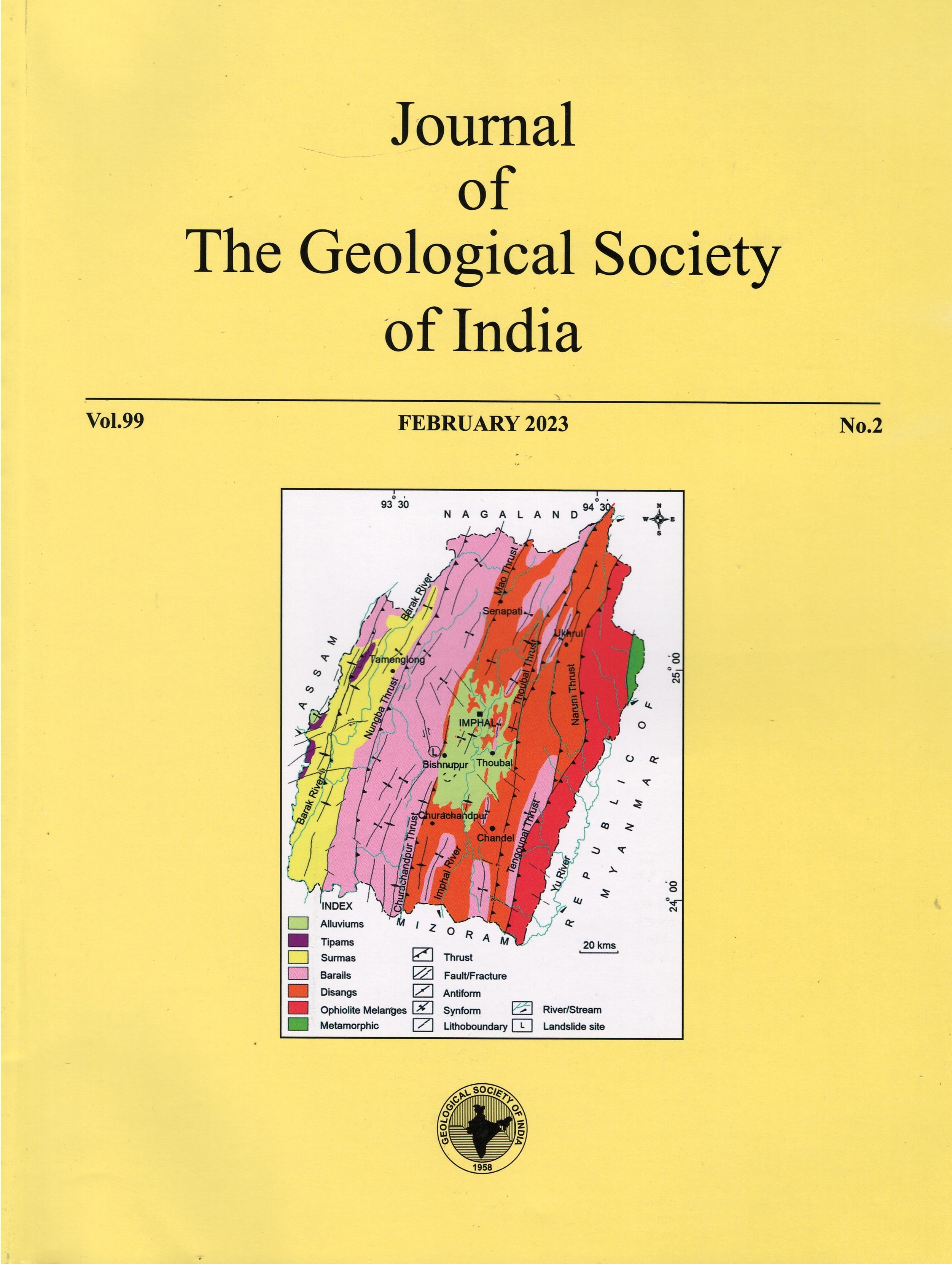Land Use Land Cover (LULC) and Surface Water Quality Assessment in and around Selected Dams of Jharkhand using Water Quality Index (WQI) and Geographic Information System (GIS)
DOI:
https://doi.org/10.1007/s12594-023-2288-yKeywords:
No KeywordsAbstract
Surface water quality deterioration is mainly occurring due to anthropogenic activities at an alarming rate in developing countries. Jharkhand has been undergoing exponential urbanisation and mining, causing immense surface water pollution and water stress. The state is heavily dependent on artificial dams for its daily water supply demands. Therefore, an effort is made to monitor and ascertain the surface water quality and the influence of nearby land use pattern on water quality, in the selected five dams, namely, Hatia dam, Kanke dam, Getalsud dam, Galudih barrage, and Chandil dam are done. These dams are built on the Subarnarekha river basin, located in the Jharkhand state on a seasonal basis and associated land use land cover (LULC) changes, changes in vegetation cover using normalised difference vegetation index (NDVI) and water body changes using normalised difference water index (NDWI) that have occurred in a 5-year gap i.e. 2016 and 2021. The secondary data for the year 2016 was obtained from the Jharkhand pollution control board report published by the government of Jharkhand, India. For the year 2021, the samples were collected from sampling sites for pre, post and monsoon seasons. The chemical analysis of collected water samples was done in the laboratory for parameters like pH, dissolved oxygen, biological oxygen demand, total calcium and magnesium, hardness, total dissolved and suspended solids, alkalinity, chlorine etc. and compared with the standard values prescribed by world health organisation (WHO) and Indian standards (IS) 10500:2012. The seasonal water quality status was analysed using the water quality index (WQI) for the pre, post and monsoon seasons of 2016 and 2021. Then, the use of supervised classification method for land use land cover (LULC), normalised difference vegetation index (NDVI) and normalised difference water index (NDWI) was opted to understand the relation between the change in water quality and quantity concerning its land use and land cover, by comparison of results from the year 2016 to 2021. LULC were found using the supervised maximum likelihood classification method in ArcGIS and its accuracy was checked using the kappa accuracy method, which was found to be varying from 87 to 95% for all sites. The results showed that the overall water quality varied from good to poor indicating that it can be used for human activities but may need pre-treatment before drinking. NDWI showed a massive increase in severe drought areas for Hatia, Kanke, Chandil and Galudih barrage, whereas moderate drought regions increased for Hatia, Getalsud, and Kanke. NDVI showed dense and moderate vegetation both decreased massively for all the dam sites indicating an alarming situation and the need to adopt better land management practices.

 Soumya Pandey
Soumya Pandey






